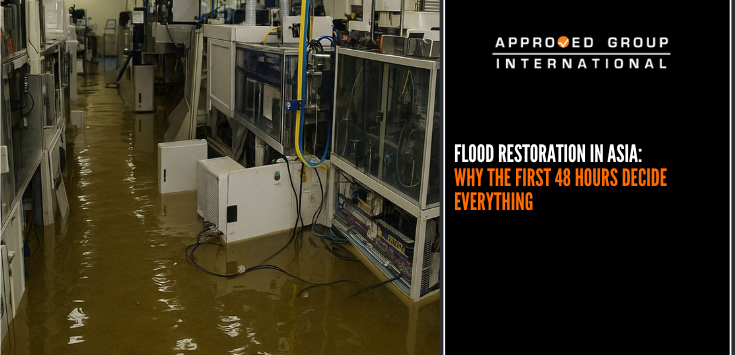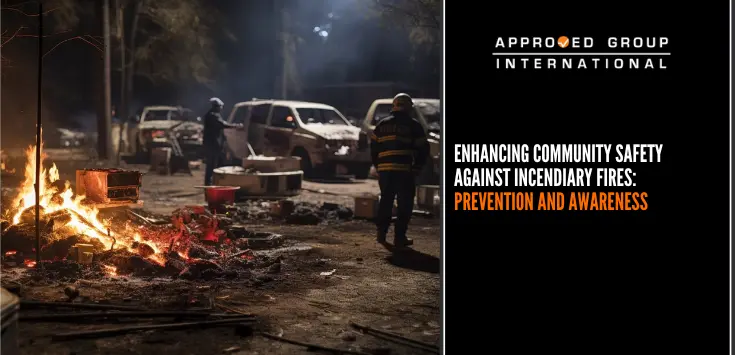A Reverse Angle Photo Finish Camera (RAPFC), located at the finishing post of a horse racing track, was reported to have failed. The incident was discovered by the operator when he noticed that the computer at the Stipes and Judge room failed to establish a connection to the RAPFC at the Finishing Post.
He stated that there was a heavy thunderstorm prior to the discovery of the malfunction. Immediately, he informed the CCTV Engineer about the incident. The Engineer tried to rectify the problem by rebooting the RAPFC and computer, but the problem still persisted. He then informed the vendor about the incident and upon further inspection, it confirmed that the RAPFC was faulty and it was suspected that the damage was caused by a lightning strike. AGI’s Forensic Team detailed inspection of the Printed Circuit Boards (PCBs) of the RAPFC did not reveal any burn marks or bulges, which may indicate incidents of voltage surge(s). In order to test the functionality of the camera, a power supply was connected to the RAPFC. A laptop was then attached to the camera via an Ethernet cable. However, the RAPFC was unable to establish a connection with the laptop. The examination above shows that the RAPFC had malfunctioned. In the event of an indirect lightning strike, the transient voltage may be electromagnetically induced onto the underground start-finish cables. The transient voltage would then follow the path of least resistance to the RAPFC. As the electromagnetically induced voltage is weaker, there may or may not be burn marks evident on the affected devices.





Based on the evidence, the statements of witnesses and from the process of elimination of all possible causes, the RAPFC failed due to an indirect lightning strike.
- The team recommends the installation of Surge Protector Devices (SPD) on the data cables to protect from transient voltage. It is essential not to place the protected cables next to the unprotected cables to avoid induced voltage onto the unprotected cables.























